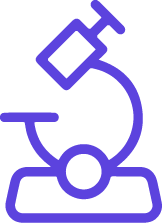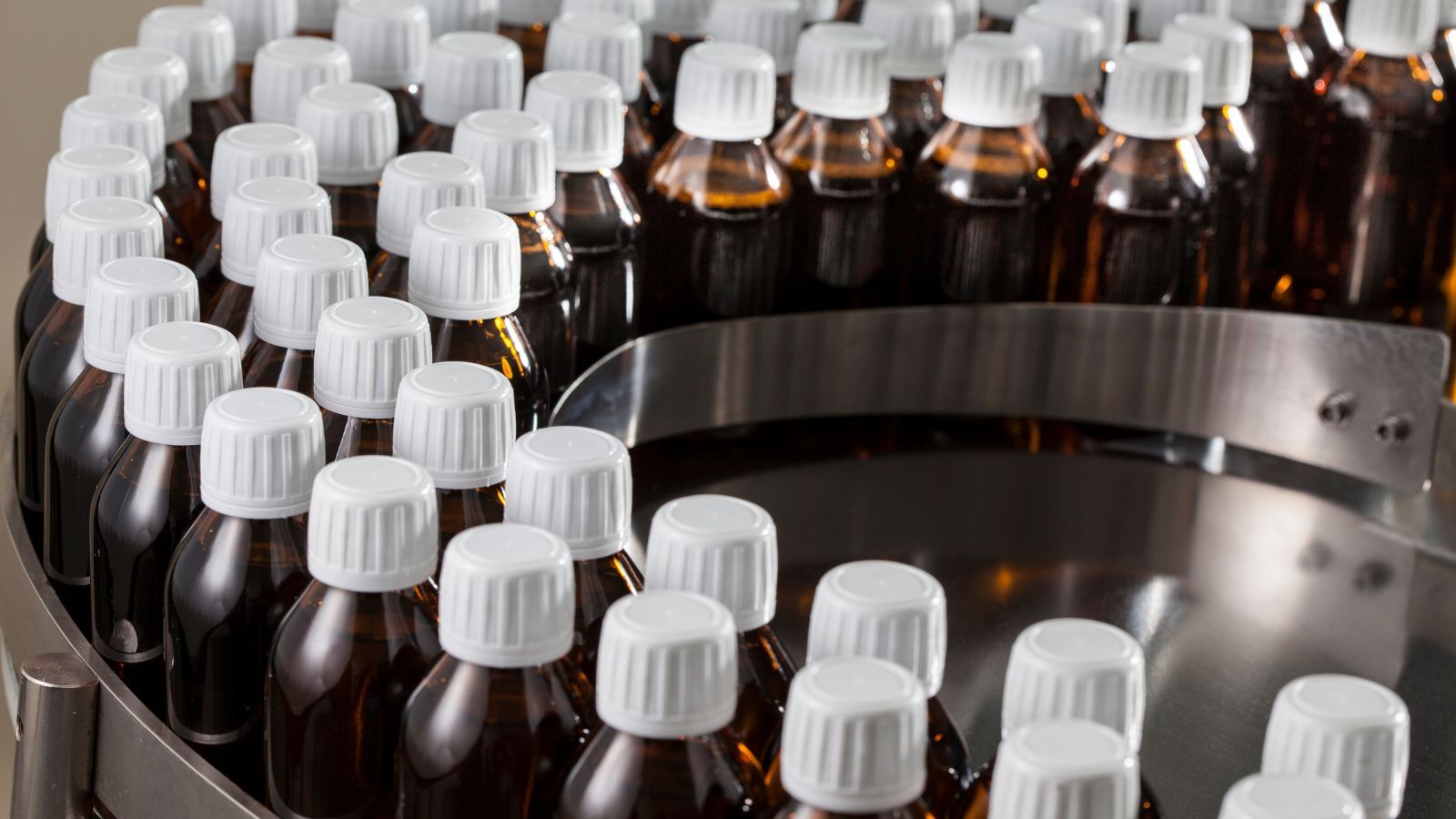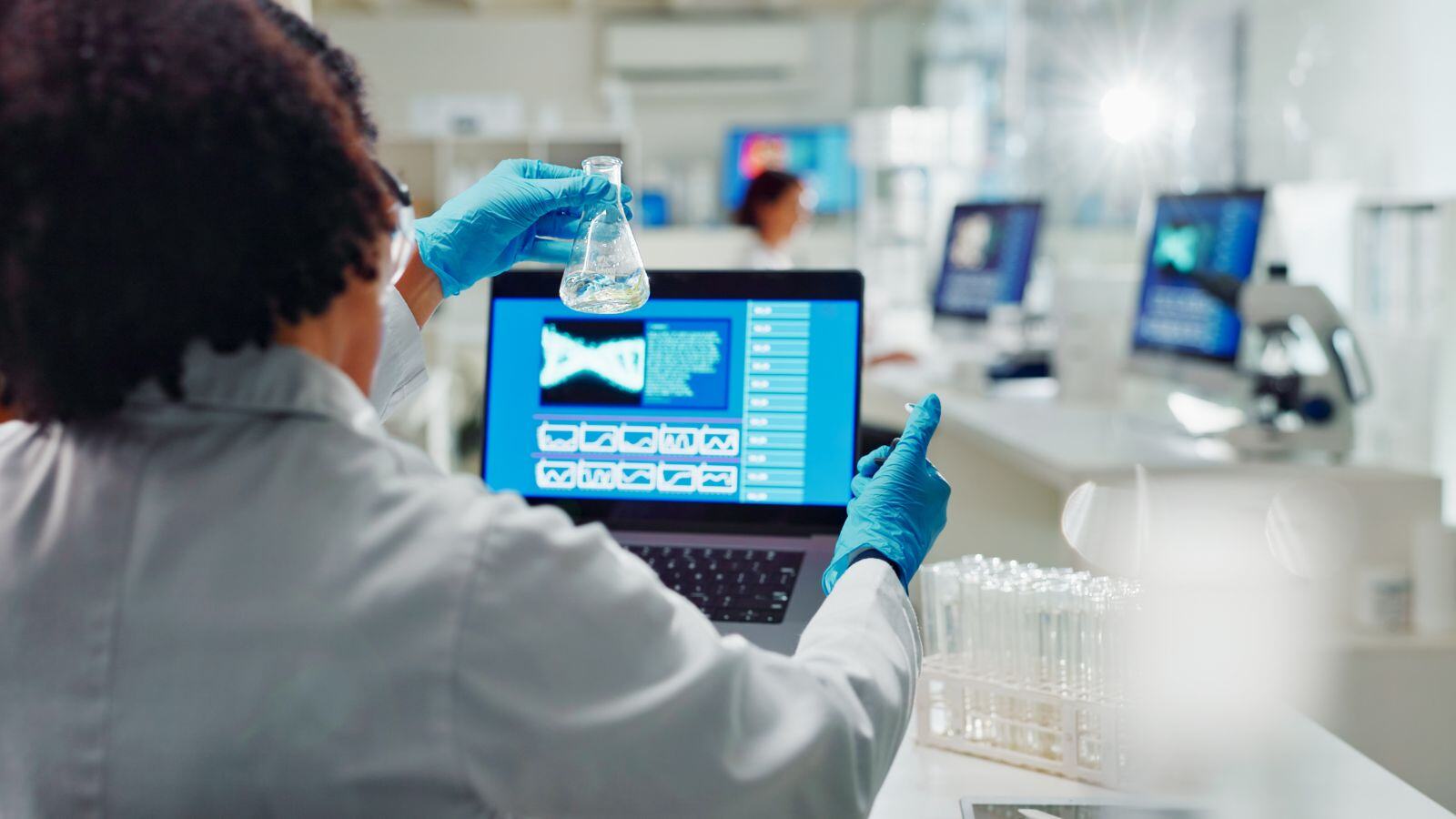A significant shift towards continuous manufacturing (CM) is currently underway in the pharmaceutical industry. Unlike the more commonly used batch processing, CM operates continuously. This method potentially offers increased efficiency, agility, and flexibility in the manufacturing of drug substances and products, potentially leading to superior product quality and expedited market access.
In July 2023, the ICH Q13 guideline from the International Council for Harmonization of Technical Requirements for Pharmaceuticals for Human Use (ICH) was implemented in Europe. This guideline outlines a comprehensive approach for the development, implementation, operation, and lifecycle management of continuous manufacturing, integrating concepts from other ICH guidelines (e.g., ICH Q1, Q5, Q7, Q8, Q9, Q10, Q11, and Q12) specifically tailored to continuous manufacturing.
Interested in learning more about continuous manufacturing in the pharmaceutical industry? This blog post offers insights into the nature of continuous manufacturing in pharma and guides on its implementation, including specific control strategies and regulatory considerations.
What is continuous manufacturing in pharma?
Continuous manufacturing involves a seamless supply of input materials, transformation of materials in-process, and simultaneous removal of output materials within a manufacturing process. Continuous manufacturing integration can apply to some or all unit operations in a process.
Although the batch definition from ICH Q7 is relevant for continuous manufacturing, in this context, a batch may represent a defined fraction of production. Batch sizes or ranges, described in the Common Technical Document (CTD) for medicine registration applications, are typically defined by:
- Output material quantity
- Input material quantity
- Run time at a specific mass flow rate
How to implement and control continuous manufacturing?
Several challenges accompany the transition from batch to continuous manufacturing processes: investment and cost, process complexity, and change management.
A continuous manufacturing (CM) process necessitates a well-devised control strategy. The outputs of both processes over time should maintain equivalent product quality, adhering to critical quality attributes and ensuring patient safety.
CM-specific controls and operational aspects must be detailed in the Common Technical Document (CTD). Key aspects of the control strategy for continuous manufacturing include:
Input materials
Assessing material attributes and the impact of their variability on process performance and product quality is vital. Thus, defining acceptable ranges, such as for input materials, is crucial.
Continuous Manufacturing Process Dynamics
Understanding process dynamics across planned operating ranges and expected input variability is essential to identify risks to material quality. Both planned (e.g., start-up) and unplanned (e.g., disturbances) transient events can impact output quality. Therefore, characterizing process dynamics, along with equipment design and system integration, is important.
Continuous Manufacturing Process Monitoring and Control
Implementing an effective sampling strategy, which includes determining sampling points, sample sizes, time intervals, and statistical approaches, is key for maintaining control during production and enables real-time evaluation of process performance.
Process Analytical Technology (PAT) is particularly useful in continuous manufacturing, allowing for the real-time detection of disturbances and trend shifts. Data analysis aids in making in-process control decisions and handling disturbances.
Material Traceability and Diversion Mechanisms
During transient events, there’s a risk of producing non-compliant materials. Hence, having material traceability and diversion mechanisms is imperative to prevent the inclusion of non-compliant materials in the final product.
Criteria for starting and stopping diversion periods should be based on process dynamics, residence time distribution, and process monitoring. These procedures should be defined in the Pharmaceutical Quality System (PQS).
Continuous Manufacturing Process Models
Employing process models as part of the control strategy can enhance understanding and may predict quality attributes in real time.
These models, specific to system design and configuration, require an understanding of underlying assumptions, risk assessments, rationales, and relevant data.
Model validation is necessary to demonstrate suitability for the intended use. Any process changes should include risk assessments to evaluate the impact on the model and necessitate revalidation.
Changes in production output
Changes in production output may require process modifications. Therefore, the initial risk assessments and control strategies should be assessed and additional process validation may be needed. Various methods for changing production output are detailed below:
- Change in run time without changes to mass flow rates or equipment
- Pitfall: process drift, material degradation, increased equipment temperatures… Therefore process robustness and performance over time should be considered.
- Increase mass flow rate without changes to run time or equipment
- Pitfall: changes in process dynamics
- Increase output through duplication of equipment
- Like-for-like implementation
- Parallel unit operations on the same production line
- Pitfall: changes in process dynamics, synchronization of parallel flows, material traceability …
- Scale-up by increasing equipment size/capacity
- Flow diagram with identification of material input & output points
- The sequence of unit operations
- The direction of material movement
- Indication of continuous and batch process steps
- Critical steps
- Location points at which controls are performed
Process validation and continuous process verification
The different monitoring tools and control strategies described above, allow real-time data collection relevant to the critical process parameters and material quality for every batch. This facilitates early execution of process validation (See ICH Q7) and the possibility for continuous process verification over the product lifecycle during commercial manufacturing (See ICH Q8).
Process validation for the batch manufacturing process and continuous manufacturing are similar – traditional validation approaches using a fixed number of validation batches (depending on the complexity of the process, variability within the process…) manufactured under routine manufacturing conditions (representative scale, mass flow rate…) can be performed.
Or as an alternative approach to the traditional process validation, continuous process verification can be performed. Sufficient knowledge and understanding of the process are required to support continuous process verification. When continuous process verification is used, real-time data is available over the run-time duration to control the process and quality of the output material. The use of continuous process verification should be justified in the CTD to provide confidence in the commercial manufacturing process.
A combination of both approaches may also be employed for different steps within the manufacturing process.
Need help with the implementation of continuous manufacturing?
With the publication of the ICH Q13, a comprehensive regulatory framework is available for the transition from a batch manufacturing process to continuous manufacturing. This opens the way for the wider implementation of continuous manufacturing in the pharmaceutical industry. This development encourages innovation, enhances efficiency, and contributes to higher product quality.

















